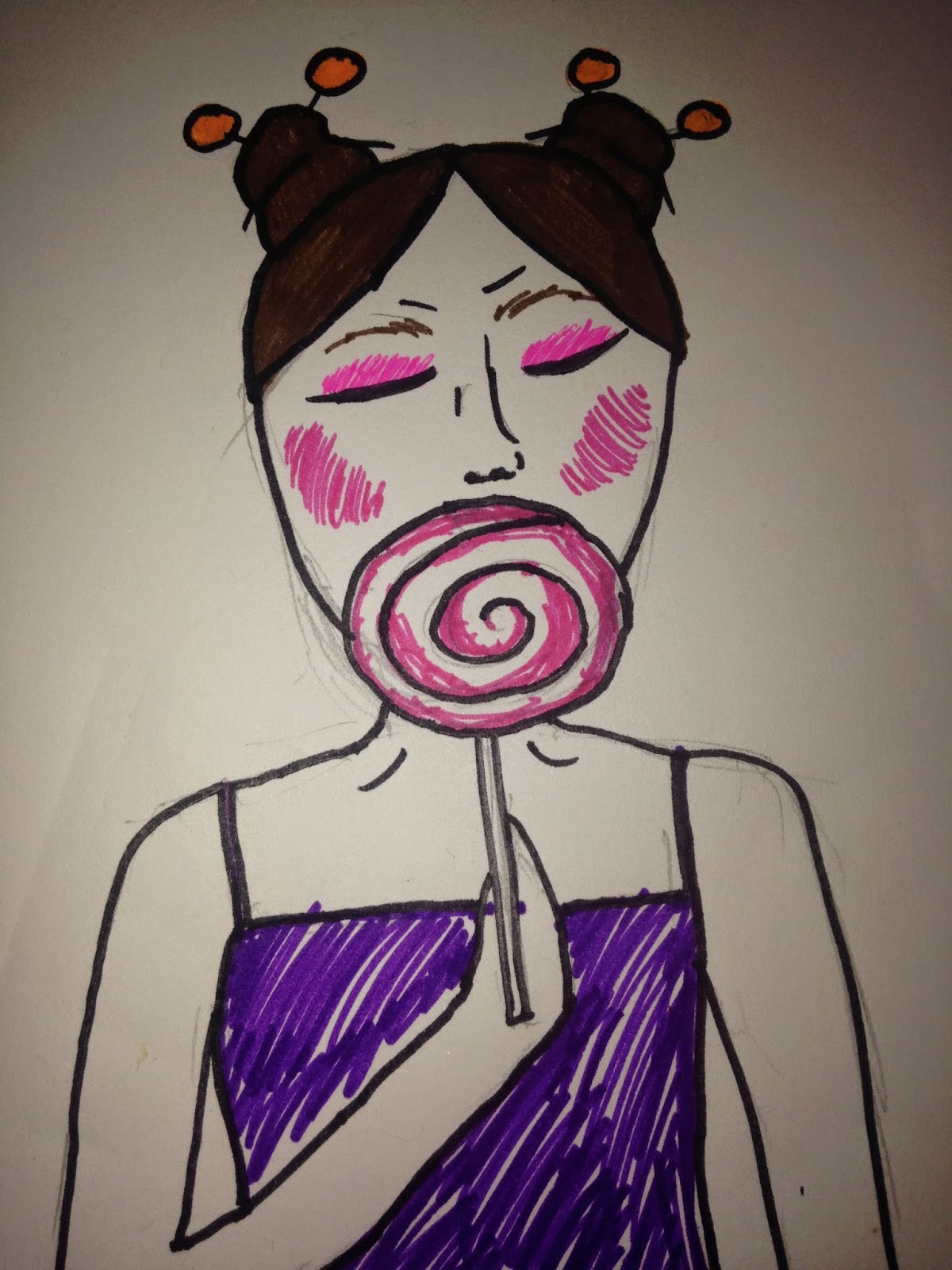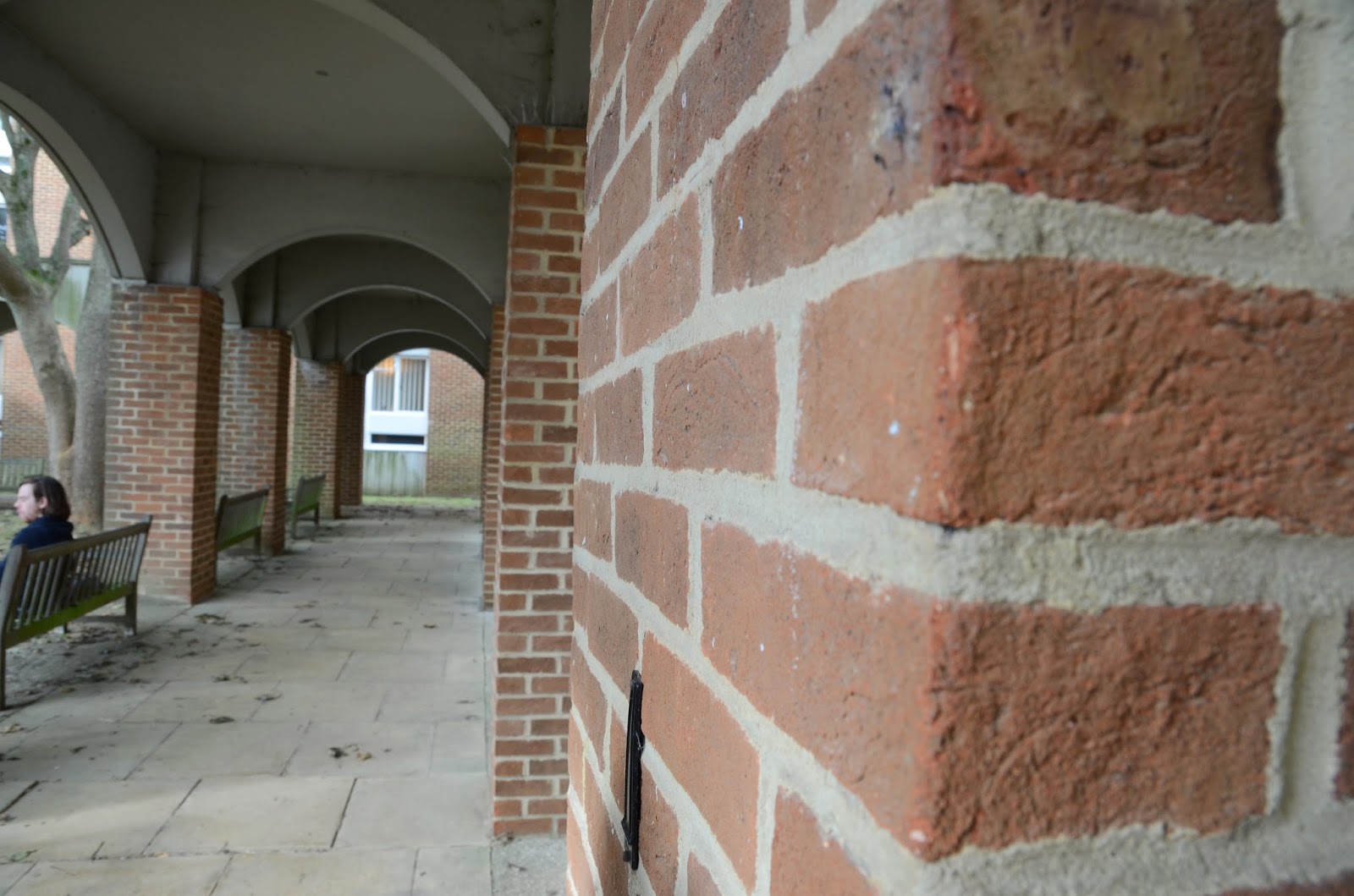Investigate Ideas of Representation and Identity in Relation to Your Cultural Position in Society.
My initial idea of my project is to focus on the consumerism of food, in excessive amounts. I felt this is something that relates to society today with mass produced food and franchised food chains and so much of the media drawing to body image, diets and food habits.
As part of my project brief is Identity, I've decided to focus on an individual in each shot in a portraiture style composition, excessively eating mass produced junk food; burgers, hot dogs, sweets, chocolate, fizzy drinks, doughnuts, cakes, chips. I want to take influence from fashion photographers such as William Klein, David Bailey and John Rankin Therefore I'm going to express meaning of extreme superficiality which exists in the idea of materialism, often encouraged by advertisement and I'm going to achieve this by using strong saturated makeup like that seen in Rankin's work. Each model in the set of photographs will have different make up according to their food (by using a common colour scheme) touching on the idea 'You are what you eat'. The overall edited shots will have deep saturation of colours, as I feel this is important aspect to show superficial man-made aspect that exists in materialism. The model will be seen to be excessively eating food, to show the addictiveness of being a consumer; always having something to buy. And this and the model will be emphasised through a pastel pale background, echoing some of the photographers I researched earlier.
These are my first early sketched designs of how the photo's will look:
This photograph focusing on excessively eating burgers and make up design of the model which reflect this.
 I then decided to take my initial idea for the Burger photograph and test the make up, to create a superficial saturated look which I will later use in the real shoot. My experimental test is shown here:
I then decided to take my initial idea for the Burger photograph and test the make up, to create a superficial saturated look which I will later use in the real shoot. My experimental test is shown here:
I feel the test was vital to make sure I got the right look and effect I was looking for. I do think it has a doll-like superficiality therefore I would consider the experiment a success and I will definitely use this in my final photograph.
Another one of my designs for the set of photographs focuses on the excessive eating of sweets:

I'm happy with this experiment too, it has helped me in giving me an understanding of what brushes I need to use to create clean cut lines (as I felt some of the lines here were too smudged). But I will definitely be using this look in my final shoot, as I feel it has the potential to symbolise a degree of superficiality, linking to my idea.
Another idea for one of the photographs in the set is excessively consuming fizzy drinks:
In this image I'm also considering to incorporate fizzy drink cans into the hair design.
My fourth shot in the set is planning to focus on the excessive eating of doughnuts:
My fourth shot in the set is planning to focus on the excessive eating of doughnuts:
My fifth shot in the set is planning to focus on the excessive eating of hotdogs:
My sixth shot in the set is planning to focus on the excessive eating of crisps/chips:




























